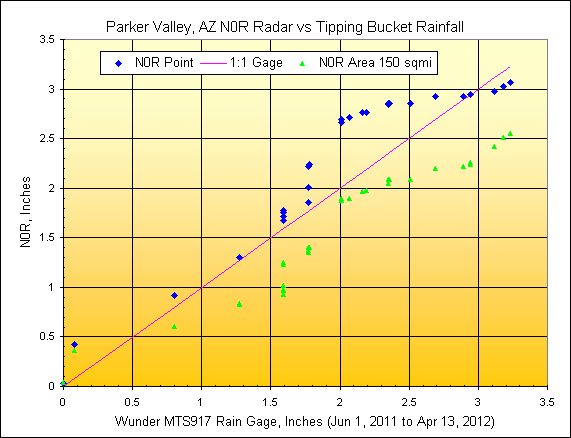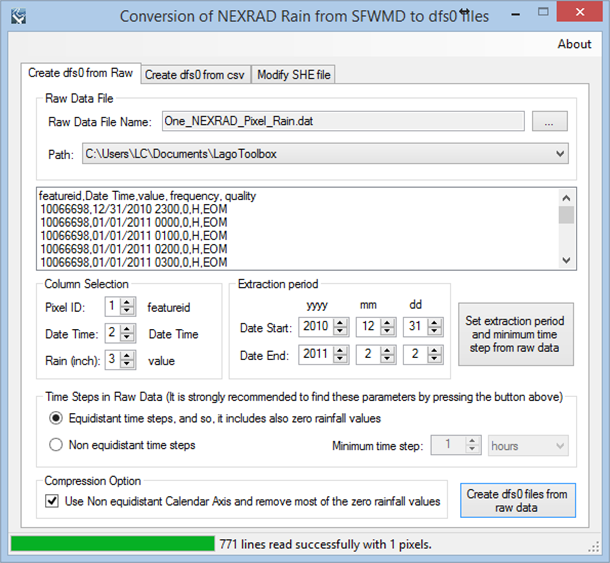

Customize Location For Animated Weather Map If you prefer a more broader look then do not select a weather station.Ĭlick the Animate button, then choose your location, and a specific radar station, as shown in the screenshot below.

Sandisk Ultra 16GB Micro SDHC UHS-I Card 98 MB/sĪeotec Z-Stick Gen5, Z-Wave Plus USB to create gatewayįor an animated weather map, I am going to zoom into a specific weather station. Raspberry Pi 3 B+ Starter Kit with case, power adapter, and heat sinks Build an Ultimate Raspberry Pi Smart Home Hub ~$105 The static weather map URL to current conditions should be copied to your clipboard. Then, uncheck Show Radar Sites and finally right-click on Image-Link and Copy Link Address (on Chrome may be different in other browsers). Get Image Url For Static Hass Weather Map If you want to zoom in further into your location you can pick one of the radar stations but I will cover this later in this guide. To grab URL for a static weather map, first, choose your country and location as shown in the screenshot below. Head over to Weather Radar from Weather Underground. Both processes are essentially the same, the only difference is whether or not you enable the "Animate" button while grabbing the URL of the weather gif image. I am going to show both ways in this post. You can add a static weather map with current conditions or an animated home assistant weather radar. Let's see how to add an animated weather map on Home Assistant. It is one of the most exciting apps that I started using in 2017 and is included in my ultimate docker home media server.Įnough about the greatness of Home Assistant. With Home Assistant on Docker, pretty much all platforms are covered. Home Assistant can be installed on several platforms, including raspberry, Linux, etc. None of the other commercially available smart home controllers such as Samsung SmartThings or Wink support these many. It supports over 1000 (not a typo) platforms. You can monitor the state of your devices and setup advanced home automation rules to control your devices. Furthermore, you can track and control all your data without having to store them on the cloud like some of the other commercially available smart home hubs.

It allows you to control all your devices from a single, mobile-friendly, interface. Home Assistant is a free and open-source home automation platform built using Python.


 0 kommentar(er)
0 kommentar(er)
